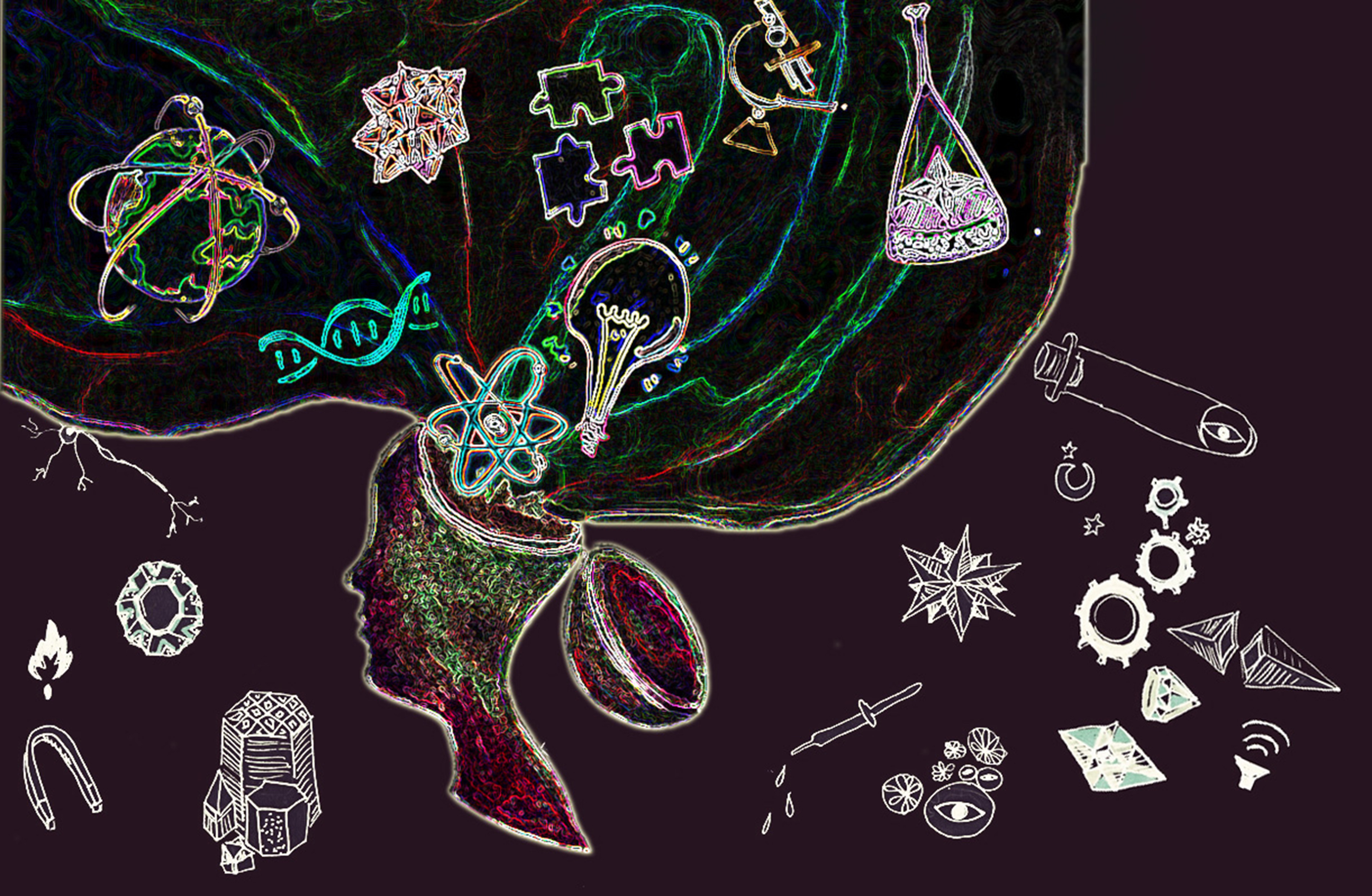Anthea Lacchia
Staff Writer
In his delightful new book, Seán Duke takes us on a voyage of discovery into the life and work of some of Ireland’s scientific giants, who, despite having left an enormous legacy to society, are relatively unknown. Until now, that is!
This book is especially welcome because it serves a noble purpose: anyone who picks it up will be immediately enlightened as to the rich scientific heritage we have in Ireland. In fact, as a nation, while we collectively acknowledge the historic contributions of artists, poets and literary greats, all to often we forget the enormous contribution of our scientists, the unsung heroes of our land. Seventeen scientists, either Irish born or with strong Irish ties, are profiled in this book: from John Holland (1841-1914) who invented the modern submarine, to Ernest Walton (1903-95) who split the atom and is Ireland’s only Nobel laureate in science, to Erwin Schrödinger (1887-1961) who was one of the founding fathers of quantum mechanics, the list is a long and fascinating one.
In a speech given when the book was launched, the Provost, Dr Patrick Prendergast commented: “It’s not always easy to communicate the fascination of science and engineering. Yes, we can point to wonderful inventions but trying to get across the maths and experimentation behind the invention – getting it across in an accessible way – that’s the tricky bit.” Effective science communication is precisely what is accomplished in this book. At the start of each chapter, the author sets the scene by transporting the reader into the historical period in which the scientist in question lived. For instance, the chapter dedicated to Charles Parsons starts with a vivid description of the moment when Queen Victoria’s diamond jubilee is suddenly gate-crashed by Parson’s Turbinia yacht. Parson orchestrated this in order to show off the power and warfare-related potential of his patented steam turbine engines. In effect, his steam turbine would make sea travel faster and more comfortable. Pleasingly, each chapter ends with a list of bullet points that encapsulate the legacy of the scientist. Only two female scientists are included, reflecting the lack of involvement of women in science in the past, something that remains a lesser but lingering issue today. This point was picked up by the Provost: “I’m hopeful that following on the inevitable success of this book, Seán will do another book on contemporary scientists, which will feature more women, thus providing great encouragement to girls to stick with science in school and university.” One of the women featured in the book is Annie Maunder, who, along with her husband, was among the foremost solar scientists in history, contributing to our understanding of global warming. The other is Jocelyn Bell Burnell, who is also the only living scientist included in the book and who famously discovered pulsars, a new type of dense, pulsating star.
Despite occasional typos, overall this is an accurate book and it makes for a very entertaining and informing read. It merits a wide readership: scientists will enjoy learning about the private lives and anecdotes surrounding their champions, while non-scientists will easily delve into scientific topics such as global warming, wireless technology and electricity. Indeed, technical topics such as the use of quaternions in space exploration or carbon dating are presented in an accessible manner, with no assumption of prior knowledge on the reader’s side. Interestingly, many of the scientists mentioned in the book hail from or have strong ties to Trinity. Go on, why not take a journey through Irish science this Christmas?
Guglielmo Marconi (1874-1937)
Considered the father of radio, Guglielmo Marconi was the first to transmit a wireless signal across the Atlantic, from Cornwall to Canada.
As Seán Duke points out, not many Italians realize that Guglielmo Marconi was half-Irish. However, his Irish ties are strong: his mother was from Enniscorthy and his wife was also Irish. He conducted many radio experiments on visits to his family in Ireland and set up a commercial transatlantic wireless transmitter in Clifden.
In 1898, on the occasion of the Kingstown regatta, Marconi provided the first wireless coverage of a sporting event. In addition, he helped develop radar technology.
John Tyndall (1820-93)
A fierce defender of Darwin’s evolutionary theory, John Tyndall was one of Ireland’s greatest scientists. Born in County Carlow into a family of Quakers, he was a strong advocate for the separation of science from religion. An excellent lecturer, he was appointed Professor of Natural Philosophy at the Royal Institution of Great Britain.
He discovered what we now call greenhouse gases and showed that, without CO2 and water vapour, the heat of the sun would bounce back into space after hitting the Earth’s surface and be lost.
Therefore no life would exist without greenhouse gases! Tyndall was also the first to explain why the sky is blue (atmospheric gases absorb blue light) and he is considered the father of meteorology.
Robert Mallett (1810-81)
Known as the founding father of seismology, Robert Mallett did much to advance our understanding of why earthquakes occur. In 1849, his interest in seismic waves led him to detonate twenty-five pounds of gunpowder on Killiney beach, during a famous experiment. After the Great Neapolitan Earthquake of 1857, he travelled to Naples to study the aftermath of the shock and he was the first to use photography as a tool for recording earthquake damage. In addition, he is credited with coining the term seismology.
Mallett’s family was in the iron foundry business and the company’s work can still be seen around Ireland today: for instance, have you ever noticed the iron railings that border Trinity along Nassau Street? Look closely and you’ll see the Mallett family name inscribed at the base.






